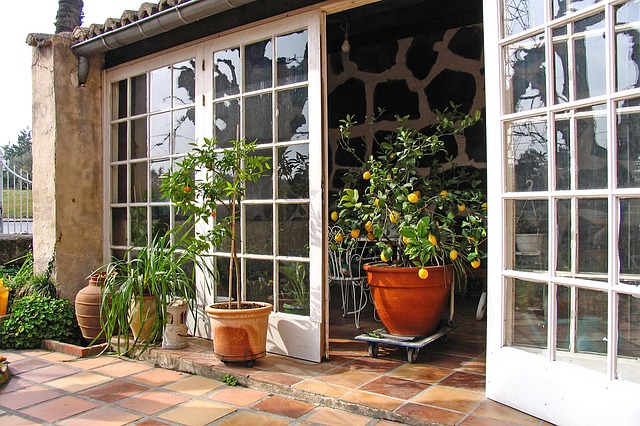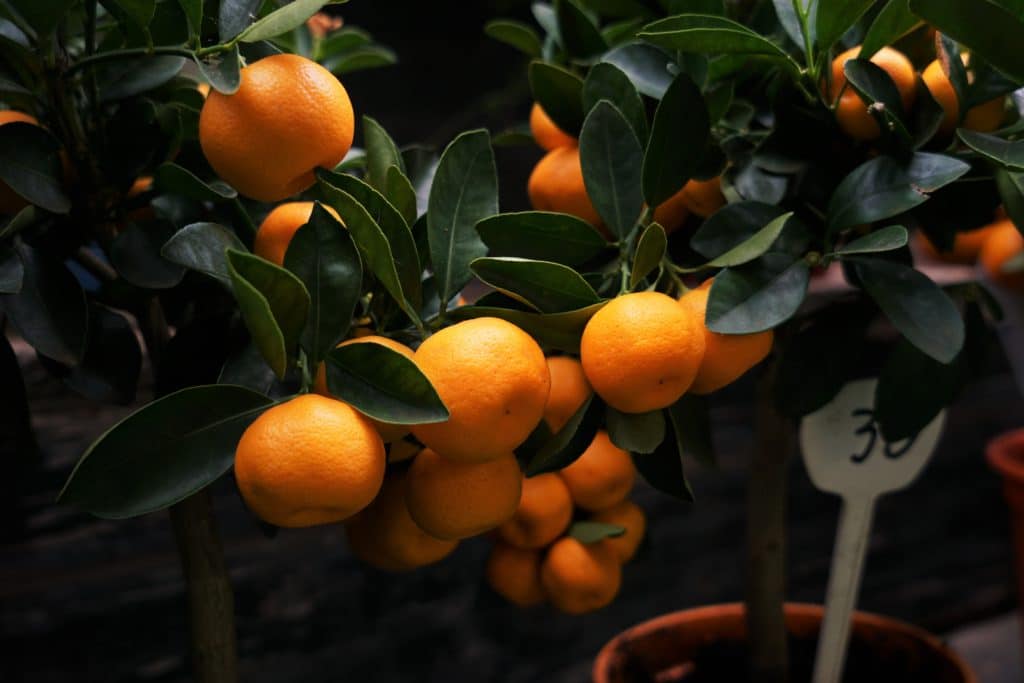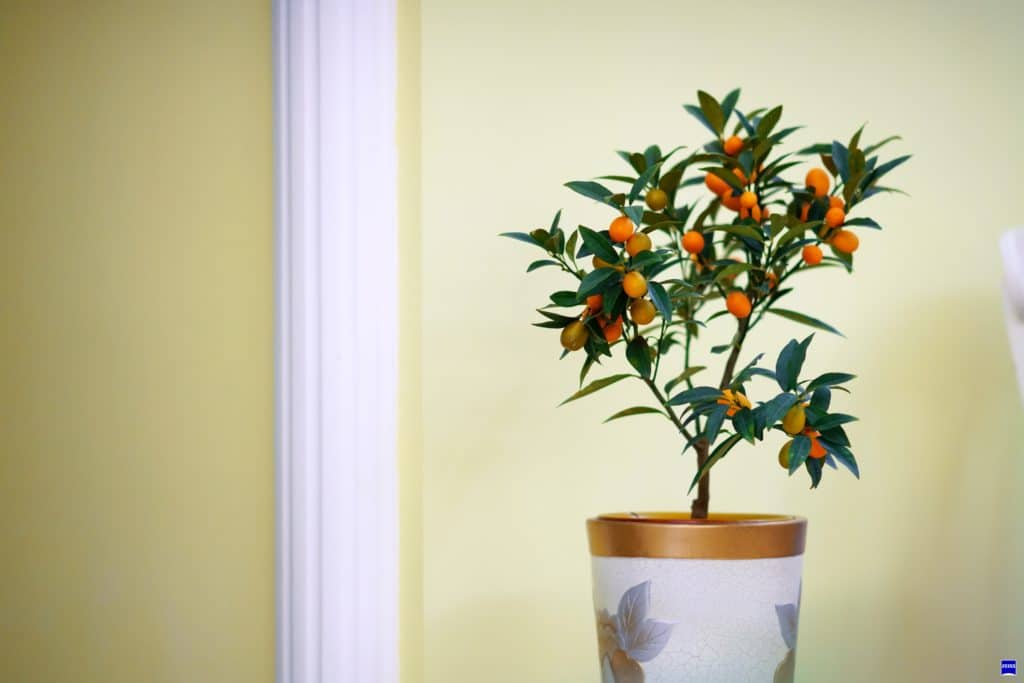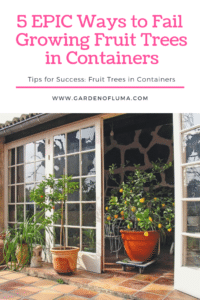5 Surefire Ways to Fail With Fruit Trees in Containers

For those of us living in urban settings, growing fruit trees in containers can be such a rewarding experience. As someone that lives in the Arizona desert, many people are amazed that fruit trees can survive in containers in our extreme heat. I’ve had success for several years helping my container trees breeze through our scorching dry heat.
Containers can help us keep our fruit trees at a manageable size and provide many benefits. Some of the benefits of growing fruit trees in containers are:
- Ability to move them indoors in bad weather
- Enough fruit for your family without excess waste
- Plant more varieties in a small space
- Grow Tropical Fruit trees outside of the tropics
- Have more control
You may be interested in reading my in-depth guide here: Growing Fruit Trees in Containers in Hot Climates. Here are the 5 main mistakes that can really cause problems for those trying to grow fruit trees in containers.

Wrong Soil
A lot of people ask, “what type of soil is needed for growing fruit trees in containers?” First off, most fruit trees don’t like to be sitting in soggy soil, so something with drainage is critical. It can become a bit of a balancing act because it’s still important to have something that will retain a bit of moisture so you don’t have to water multiple times a day. For this reason, adding native clay soil in a container can cause serious problems for your fruit tree. Not to mention our clay soil has a high PH level which most plants don’t appreciate. I utilize a cactus/palm soil mix that can commonly be found in nurseries. This soil contains things like lava sand.
Make your own container mix with this recipe:
- 4 cubic feet of dampened peat moss or rotted pine bark
- 1 cubic feet of sand (washed sand or horticultural sand is fine)
- 1 cubic feet of lava sand
- 2 cubic feet of perlite
- 2 cubic feet of compost
Wrong Size
When I first started growing fruit trees in containers, my first thought was to get the largest container possible, and the tree could grow into it without any need to transplant. In theory this is a nice thought, but can adversely affect your fruit trees. When you put the common 3-5 gallon nursery tree into a large pot (15 gallons or more), it allows for an excess of soil around the root ball. This soil will retain water and take longer to dry out, since it’s not being absorbed by the tree. As previously mentioned about soggy soil being detrimental, this creates an environment conducive for root rot. Another possible problem could be that the small root ball placed in the center of the large pot isn’t getting enough water. When the tree is watered all the water is going to the bottom and sides of the pot.
Allowing the tree to become too large for the pot can be just as harmful. Some signs that the tree has outgrown its pot would be seeing more of the root flare up top due to the soil washing, if it seems that the pot isn’t holding water that can indicate the pot is full of roots. As the roots fill the pot they begin to swirl which can girdle the tree over time or cause a lack of ability to intake nutrients. Gradually potting the tree to the next larger pot or root pruning will keep the tree happy.

Lack of Drainage
If you haven’t noticed a pattern by now, root rot can be a real problem for container grown fruit trees with poor drainage. It’s important to have adequate drainage holes on the container being utilized. Drainage holes can easily be created by drilling several holes throughout the base of the container. Over time, these drainage holes can become plugged with soil, debris, or tree roots, so it’s a good idea to check them periodically.
Sun Exposure
If you live in hot climates where temps tend to soar in the summer, doing something to shade your pots is going to be beneficial. Many plastic pots are black or dark colors which causes them to absorb heat. If left in direct sun light all day long in hot climates, like the Arizona desert I reside in, you’re going to fry your roots.
Doing things like painting your pots white or using something like cardboard to shade your pots can help. I like the white kitchen liners (typically used for cabinets), which have an adhesive that can be used to wrap the pot. They can easily be removed in the winter when you want more of the sun absorption to keep the roots warmer during those months. They’re relatively low cost for a roll and easy to replace. Even with taking those extra measures, it’s still a good idea to give your tree some shade in climates that are consistently over 90 degrees Fahrenheit.

Feeding Schedule
When you plant fruit trees in containers they are relying on you for food. Think of a baby bird waiting eagerly with its mouth open for mama bird to bring the worm. Fruit tree roots aren’t able to roam out on their own searching for food in the soil, like their in-ground counterparts. It’s extremely important to stick to a consistent schedule, so utilize a calendar. If using synthetic feeds, I usually feed according to the package once per month. I prefer to use fish fertilizer and liquid seaweed, which can be applied every 2-3 weeks during the growing season. Compost, worm castings, and mulch also make great additions to top dress the tree a few times per year. See my Recommended Products to find everything I utilize for my fruit trees.
To summarize, avoiding these common pitfalls when growing fruit trees in containers will help increase your chances for success. Growing fruit trees in containers can still allow you to have an adequate harvest while eliminating concerns of lack of space or less then optimal growing conditions. Many fruit trees can be adapted to container culture.
Please comment below on your experiences with growing fruit trees in containers or anything that you’ve enjoyed from this post.
